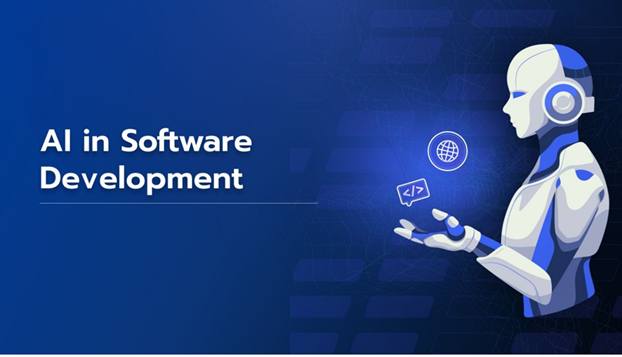AI-Driven Paradigms in Software Engineering
Artificial Intelligence (AI) has achieved pervasive integration within contemporary software development pipelines, fundamentally reshaping the paradigms of code synthesis, validation, and lifecycle management. Advanced AI frameworks, such as GitHub Copilot’s transformer-based code generation models, AI-augmented code review systems, and automated testing orchestration platforms, are redefining developer workflows by enhancing productivity and precision. However, these systems remain sophisticated tools, not autonomous agents. Their impact—whether optimizing development velocity or introducing systemic risks—hinges on their strategic deployment within DevOps and CI/CD ecosystems. This analysis explores the advantages juxtaposed against the inherent limitations of AI-driven development tools and evaluates how deliberate architectural decisions will shape the trajectory of software engineering innovation.
AI Code review in Software Engineering Pipelines
It is clear that code writing represents merely one dimension of the software development lifecycle; rigorous static code analysis serves as its indispensable complement. Traditionally resource-intensive, this process is revolutionized by AI-driven static analysis frameworks, such as DeepCode. These platforms leverage deep learning models, pre-trained on extensive, heterogeneous code repositories, to execute context-sensitive, semantic code parsing. By employing advanced pattern recognition and graph-based dependency analysis, these systems autonomously detect a spectrum of issues—from critical security vulnerabilities like SQL injection to inefficient algorithmic constructs—while delivering precise, actionable remediation recommendations. Integrated into continuous integration/continuous deployment (CI/CD) pipelines, these tools enforce stringent quality gates at early development stages, optimizing review velocity and ensuring compliance with codified best practices. This paradigm fosters resilient, secure, and maintainable codebases, significantly reducing technical debt and preempting risk propagation prior to production deployment.
AI in Code Testing
Comprehensive code testing is a cornerstone of robust software development, yet it remains a labor-intensive bottleneck. AI-driven testing frameworks revolutionize this process by autonomously generating test cases and performing intelligent code coverage analysis. Leveraging machine learning algorithms, these tools parse codebases to identify untested execution paths, edge cases, and potential failure points. By employing techniques like symbolic execution and fuzzing, they create targeted test suites that maximize branch coverage and stress-test application logic. This ensures applications are resilient, minimizing regressions during updates. Additionally, these systems integrate seamlessly into CI/CD pipelines, providing real-time feedback and reducing the risk of deploying latent bugs, ultimately enhancing software reliability and maintainability.
Test.ai leverages advanced AI-driven algorithms to emulate authentic user behavior, eliminating the need for exhaustive manual testing of individual UI elements or features. By employing machine learning models trained on real-world user interaction data, the platform autonomously navigates applications, dynamically identifying edge cases and untested execution paths. Its intelligent exploration utilizes behavioral analysis and predictive modeling to ensure comprehensive test coverage, validating functionality across diverse scenarios. Integrated into CI/CD pipelines, Test.ai accelerates release cycles by providing real-time feedback, minimizing production bugs, and enhancing application stability through proactive defect detection and self-adapting test execution.
Never become too reliant on AI
Over-reliance on AI-driven tools in software development indeed poses risks to critical thinking and problem-solving skills. Excessive dependence on automated code generation, debugging, or testing frameworks could erode developers’ ability to reason through complex logic or manually craft solutions, potentially leading to skill atrophy. For instance, if AI consistently handles low-level coding tasks or optimizes algorithms, developers might lose proficiency in fundamental concepts like algorithmic complexity or memory management. This creates a feedback loop where reliance on AI stifles independent problem-solving, reducing resilience when tools fail or when novel challenges arise outside AI’s training scope.
However, AI’s role as an augmenter, not a replacement, mitigates this. By using AI to handle repetitive tasks—like generating boilerplate code or identifying syntax errors—developers can focus on higher-order concerns, such as architectural design or innovative problem-solving. The key is maintaining a balance: leveraging AI to boost productivity while regularly engaging in manual coding, debugging, and critical analysis to preserve core skills. For example, periodic “no-AI” coding exercises or deep dives into AI-generated outputs can ensure developers retain their ability to reason independently. The risk of laziness emerges only when AI is treated as a crutch rather than a tool in a disciplined workflow.






